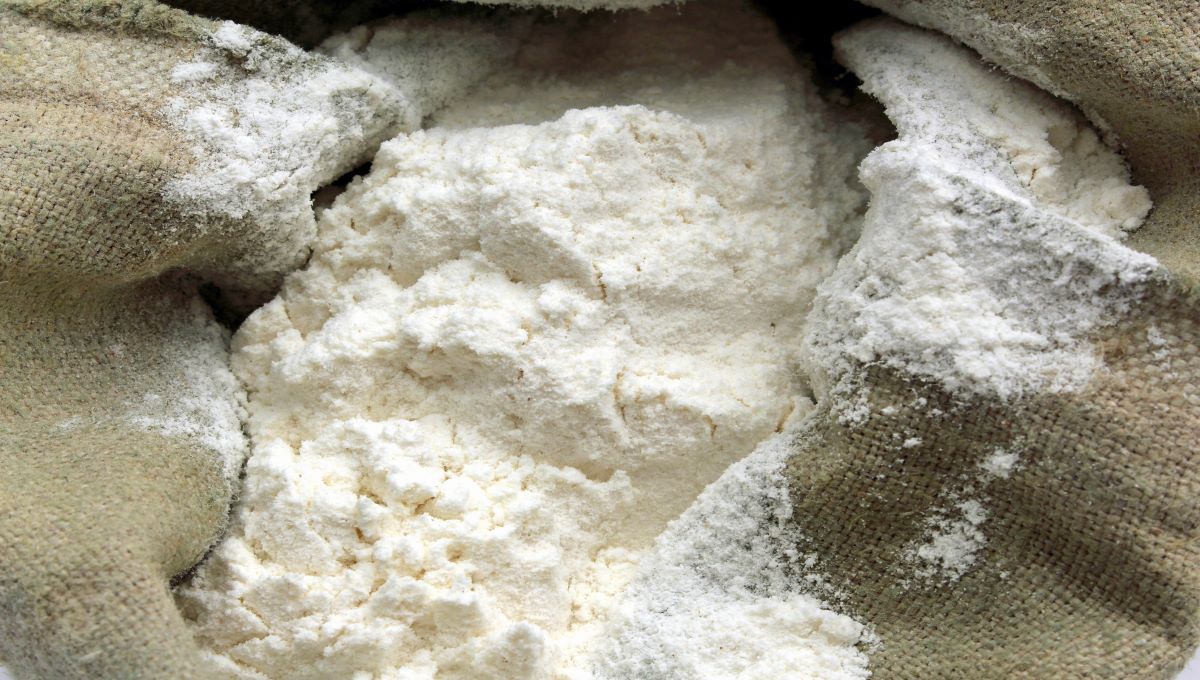PHOENIX — As milling and baking industries work with government agencies and other groups to address a growing number of foodborne illness outbreaks linked to flour, researchers are seeking the best ways to treat wheat and the flour after processing.
Increased food safety concerns and recalls linked to wheat were addressed today at the International Association for Food Protection’s annual meeting in Phoenix, which features in-person and digital sessions.
Juliany Rivera Calo, a senior food safety microbiology specialist for Arden Mills, Denver, said treating wheat before processing is difficult because of the low water tolerance in the milling process and possibly the ability of pathogens to withstand treatment effects if they are hidden in the kernel’s crease. Treating flour can have an organoleptic effect on the product, changing the odor and flavor. Validation of non-thermal treatments require careful planning and potentially high expenses.
Another key element is consumer education. Rivera Calo said eating raw cookie dough has become fashionable and promoted on social media challenges, leading to a “it hasn’t made me sick, so I’ll keep eating it” outlook for some consumers.
Aparna Tatavarthy, a microbiologist with the Food and Drug Administration’s Center for Food Safety and Applied Nutrition, discussed the results of FDA’s Food Safety and Nutrition Survey of almost 2,200 adults in 2019. Thirty-five percent admitted to eating something with uncooked flour in it, such as cookie dough, in the previous 12 months. In another consumer study, only 13 percent knew that consuming raw flour would “likely or highly likely” make them sick. Only a third realized raw, homemade cookie dough could have the same effect.
She provided information on foodborne illnesses linked to flour in recent years, including:
- E. coli in raw cookie dough in 2009, with 77 cases of illnesses in 30 states;
- E. coli in flour in 2016, with 63 illnesses in 21 states;
- E. coli in Canadian flour in 2016, with 30 cases in six provinces;
- E. coli in unbleached all-purpose flour in 2019, with 21 cases in nine states; and
- E. coli suspected to be linked to flour used to make crusts of frozen pizza in 2019-20, with 20 illnesses in three states.
Tatavarthy said the FDA wants to work with the grain and milling industries and the U.S. Department of Agriculture to establish best practices for grain storage, establish transportation best practices and good manufacturing practices for processing plants. Investigations of foodborne illness cases linked to flour have exposed the fact that there’s limited data about the prevalence of E. coli and other microorganisms in flour, Tatavarthy said.
The FDA is also collaborating with the North American Millers Association on food safety issues.
Alexander Gill, a research scientist with Health Canada, is an expert in shiga toxin-producing E. coli (STEC). He addressed the persistence of STEC in baking flour.
“In these outbreaks, cases were reported over periods from six to nine months, in each case ending with the recall of the implicated product from the marketplace,” Gill said. “This indicates that STEC can persist and remain infectious in flour for at least nine months.”
He said the prevalence of STEC varies greatly between studies, and more work is required to determine the variables that determine STEC variables between regions.
One model for STEC survival is that STEC is a normal part of the microbiota of wheat grains, and the E. coli cells adapt to the low-moisture environment on grains. The STEC cells also are resistant to stress and are transferred to flour during the process, Gill said.
Rivera Calo said potential contamination sources are soils, water and wildlife, and pathogens can remain viable after the drying process, remaining a food safety hazard for months in a desiccated state, she said.
The Ardent Mills approach to risk mitigation has included:
- Changing agricultural practices as needed;
- Environmental monitoring modifications;
- Wheat/product testing; and
- Consumer education.
(To sign up for a free subscription to Food Safety News, click here.)

